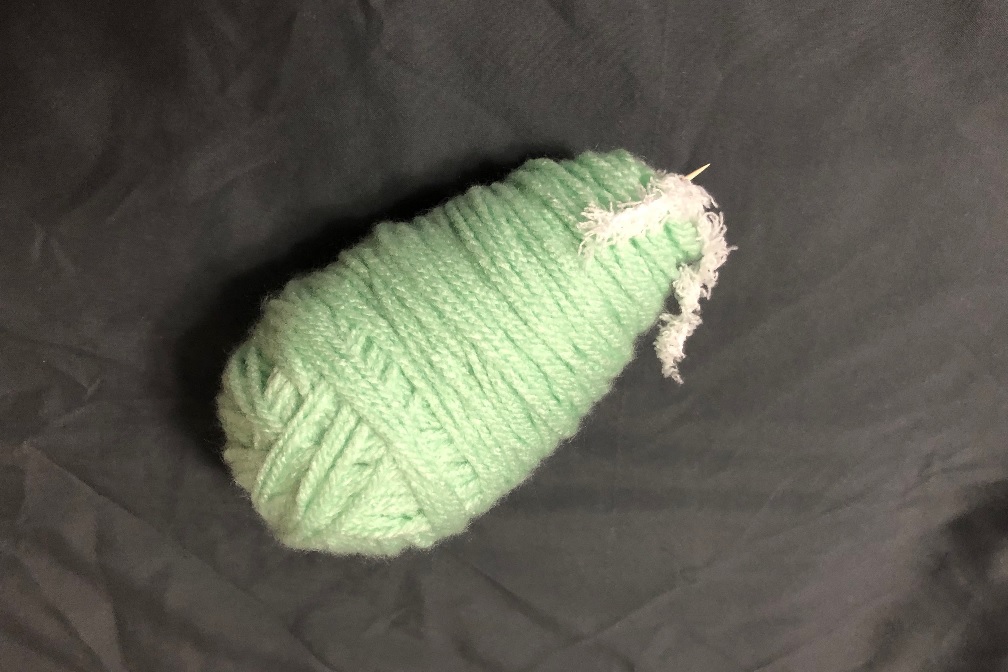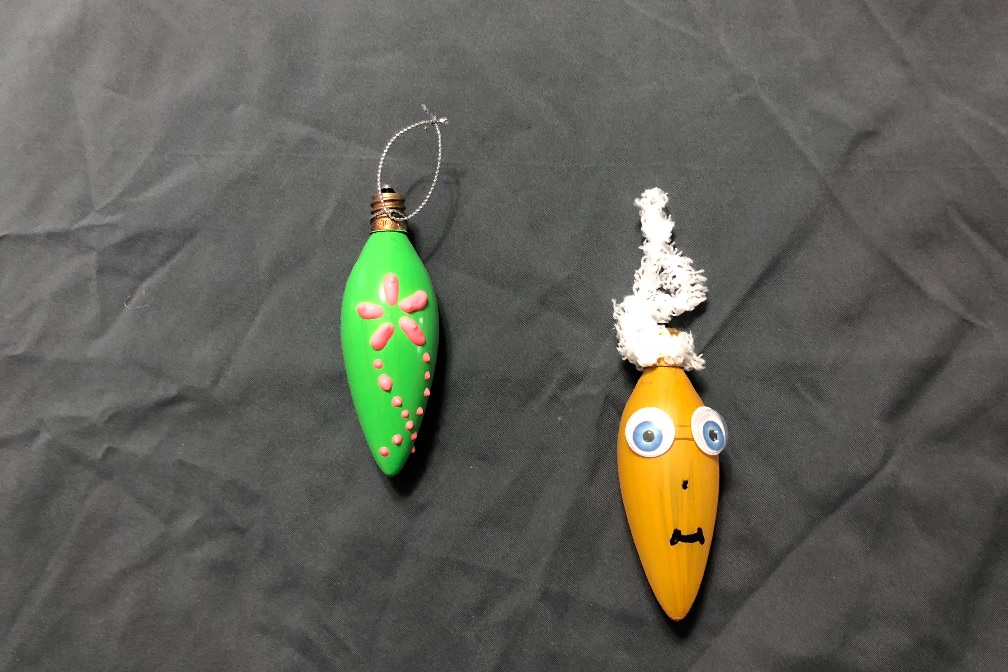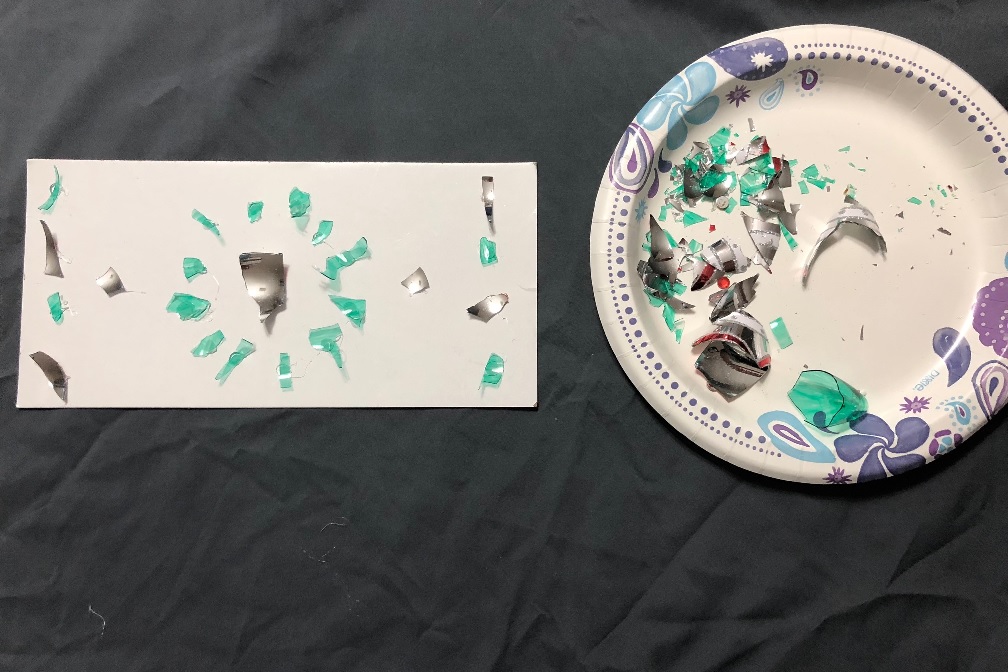Smart lights are a great replacement for older lighting systems. Before you throw away your old light bulbs, though, you should know that these items are often recyclable. Disposing of old light bulbs by throwing them away isn’t ideal since glass can break and tear the garbage bag. Worse still, damaged light bulbs can release gases like argon, nitrogen, or helium.
- What are the benefits of recycling light bulbs?
- How do I dispose of incandescent light bulbs?
- How do I dispose of CFL light bulbs?
- How do I clean up and dispose of broken CFL bulbs?
- How do I dispose of light bulbs with mercury?
- How do I dispose of tube fluorescent light bulbs?
- How do I dispose of LED light bulbs?
- How do I dispose of halogen light bulbs?
- How do I repurpose old light bulbs?
- Know your local laws and recycling options
We’ve put together a guide to help you dispose of different types of light bulbs safely and recycle these items when you can.
What are the benefits of recycling light bulbs?
Ensuring old light bulbs are properly disposed of is just one more way we can keep harmful chemicals out of the environment and reuse as many materials as we can. CFL bulbs in particular contain mercury and heavy metal that can cause damage nearby if not recycled.
How do I dispose of incandescent light bulbs?

Incandescent light bulbs typically do not contain toxic chemicals, so you can throw them away with your regular trash. You do, however, need to be careful of glass shards, just as you would when throwing away any other glass objects. It may be a good idea to surround your old incandescent bulbs with plastic or other old packaging materials prior to putting them in a trash can.
If you want to recycle your old incandescent light bulbs, you may have options available. Search your area for any other places that accept incandescent light bulbs. This can sometimes be challenging since incandescent light materials are difficult to recycle and the energy it requires is often not worthwhile in the long run. Stores that once recycled incandescents, like Home Depot and Ikea, are less likely to accept these bulbs today.
It may be tempting to put incandescent (or halogen, which we mention below) bulbs in your recycling, as you do with other glass. Don’t do this! The metal wire and other components in bulbs are very difficult to remove, and recycling centers can’t usually do it. Put them in the normal trash instead.
How do I dispose of CFL light bulbs?
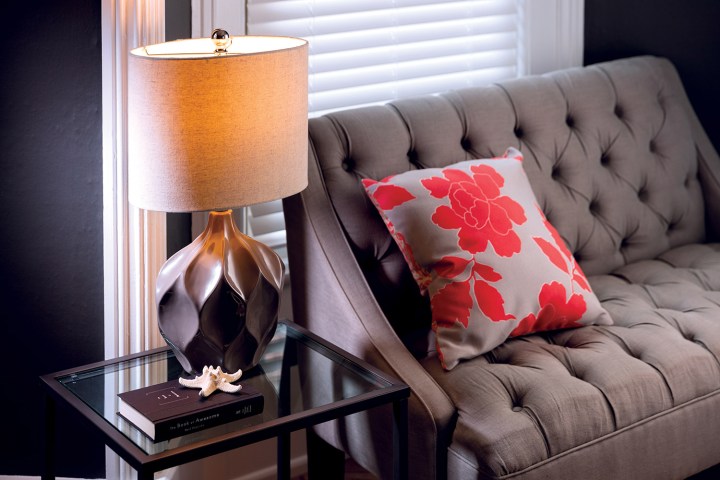
Unlike incandescent bulbs, CFL (Compact Fluorescent Light) bulbs contain about 4 milligrams of mercury. Although that is only a fraction of the amount of mercury in those old-school thermometers, broken CFL bulbs can be damaging to the environment if they enter landfills or the water supply.
To dispose of your CFL bulbs properly, recycle them. Home improvement stores like Lowes and Home Depot usually accept CFL bulbs. Look for bins to deposit these bulbs at the front of the store. There are also organizations and websites like Recycleabulb.com that have return centers located in cities around the country that will happily take your old CFLs.
How do I clean up and dispose of broken CFL bulbs?
If you accidentally break a CFL, stay calm! Unless you roll around in the glass shards, you should be fine with a few simple steps. Stay away from the area and open a window or door to let in some air. Leave the room for about 15 minutes to let the air circulate, and shut off your HVAC system if it’s turned on. You can then use cardboard, sticky tape, damp paper towels, and other items to clean up all the broken glass. Do not vacuum or sweep. The EPA has a full list of instructions here.
How do I dispose of light bulbs with mercury?
CFLs aren’t the only light bulbs with mercury in them. High-intensity discharge (HID) bulbs and metal halide bulbs also include mercury inside. High-pressure sodium (HPS) bulbs are used for floodlights, industrial lighting, streetlights, and parking lots. They contain anywhere from 10 mg to 50 mg of mercury in them. Electric signage often uses neon and argon lamps that work alongside vaporized mercury. These types of bulbs follow the same recycling guidance as CFLs, only more intensely considering their higher mercury content.
How do I dispose of tube fluorescent light bulbs?
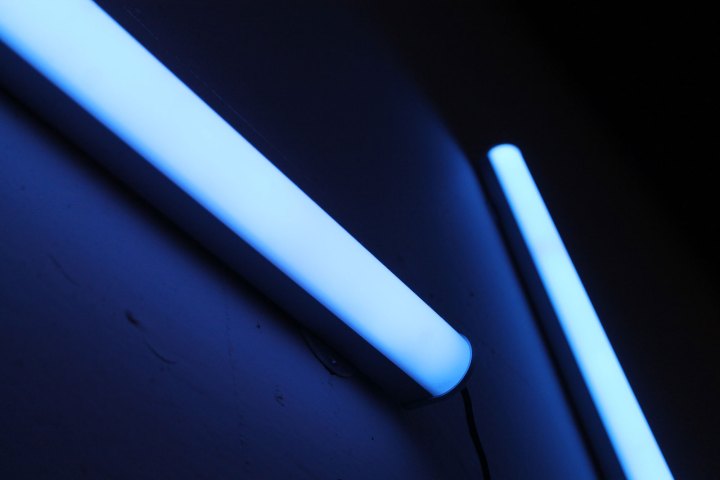
You may see long, tube-shaped fluorescent bulbs in your home or office. Like CFL bulbs, fluorescent bulbs contain mercury, so you should recycle them carefully. Before you remove a burnt-out tube, it is wise to turn off the electricity at the circuit for that part of your home to avoid injury. Also, it’s a good idea to wrap your fluorescent bulbs in old packing material to help prevent them from breaking if you need to transport them.
How do I dispose of LED light bulbs?
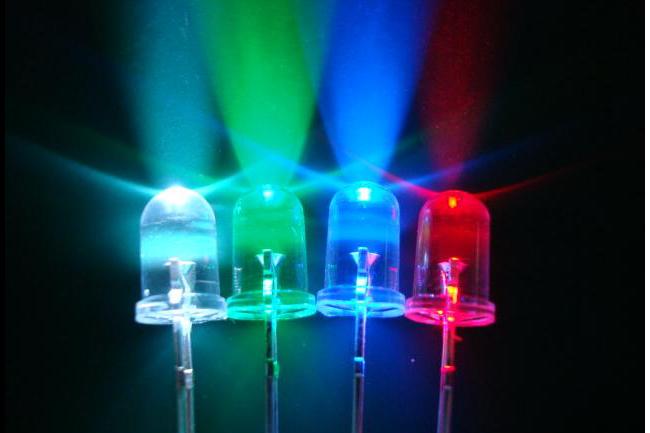
Light-emitting diodes, or LEDs, are about 90% more efficient than incandescent bulbs. The electrical current passes through a microchip, which lights up tiny LEDs.
LEDs do not contain hazardous chemicals, so it is safe to throw them away in the trash can. However, some of the components in LED bulbs may be recyclable. So, it’s a good idea to contact your recycling company to see if they will accept your LEDs. Places like Home Depot usually accept LED Christmas lights too, while companies like HolidayLEDs and other recycling sites allow you to ship LEDs directly to them.
How do I dispose of halogen light bulbs?
You often see halogen bulbs outside, where people use them as floodlights. Halogen light bulbs are a more advanced form of incandescent bulbs. They are stronger and they are designed to withstand higher pressure than incandescent bulbs. You can safely dispose of halogen bulbs along with your regular household trash or contact your local recycling center to see if they accept halogen bulbs.
How do I repurpose old light bulbs?
You always have the opportunity to turn ineffective bulbs into a fun, artistic project. Discover your inner artist or unleash your outstanding do-it-yourself (DIY) skills and transform those bulbs into something valuable. You may be shocked by what you can create with all manner of things you already have lying around your home. Try your hand at creating painted holiday ornaments, using the pieces for a mosaic, or even building a unique sculpture. Below are a few other interesting DIY light bulb artwork ideas we’ve found:
- Snow globes
- Flower vases
- Oil lamps
- Hanging wall decorations
- Spiders or glass animal figurines
Know your local laws and recycling options
Deciding to recycle bulbs is a reliable option if you’re not a fan of arts and crafts. If you choose to recycle your light bulbs, verify your local recycling laws beforehand. Some cities prohibit you from throwing lightbulbs into household garbage. Your local municipalities should have recycling pages with specific guidance on how to recycle light bulbs in your region. When you start planning, know that many recycling sites also include valuable information about recycling centers and drop-off points. There may also be directions included on how to pack bulbs before throwing them away to improve safety. Laws can differ quite a bit by state and even between towns and cities, so it’s vital to study your local laws.
It’s also critical to understand your state’s ordinances concerning light bulbs and what you can use. A great example is California’s light bulb regulation that now forbids selling incandescent and halogen lights bulbs. As older bulbs burn out, citizens have to replace them with newer, more energy-saving bulbs. In the long-term, this is wonderful for the environment but increases light bulb waste when you look at it from a short-term perspective.
Getting to a proper drop-off point can sometimes make light bulb recycling impractical, but luckily there are plenty of mail-in options available.
